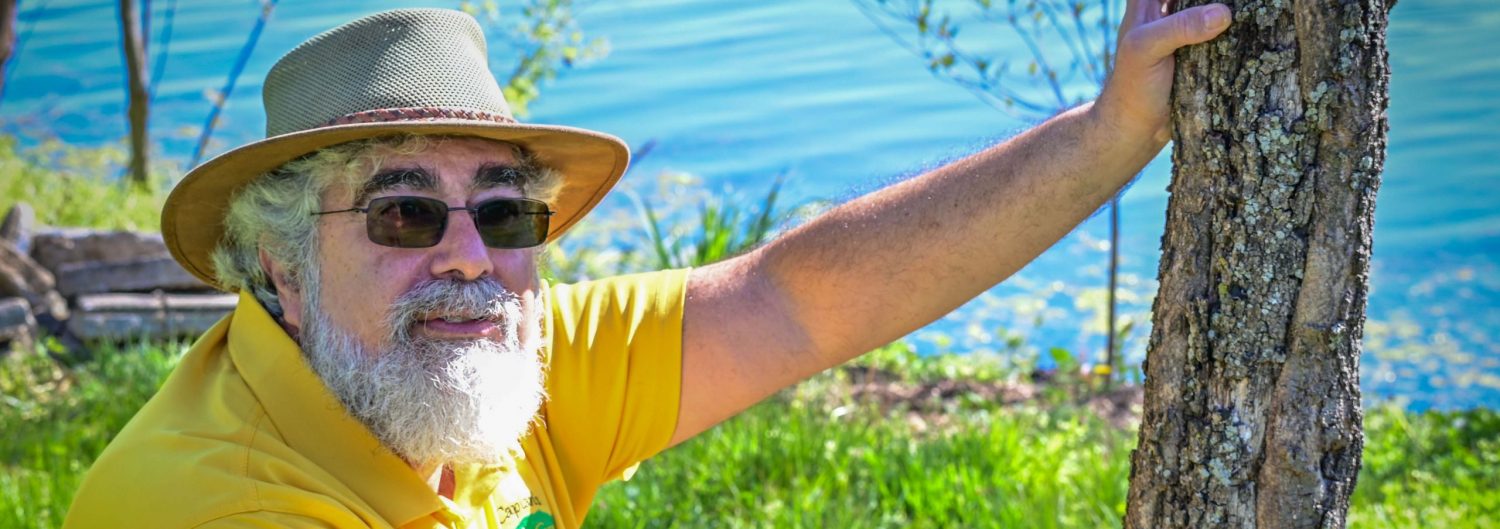Heat and Leaf Drop
Each summer, as we enter August, I get calls from concerned customers about early leaf drop on their trees. Some of the most effected species include willow, birch, and tulip poplar. While diseases and insects can cause leaf drop, we see these pests causing leaf drop earlier in the season.
What’s happening now is a response to heat stress. Many shallow-rooted trees, and those native to low wetlands areas, do not tolerate the summer heat and dry conditions of our urban and suburban lots. They lose more water from their leaves (a process called “transpiration”) than they can pull up from the soil. To protect themselves from excessive moisture loss, many of these trees will shed their interior leaves. This is more of a nuisance than a sign of a serious health problem.
There’s nothing we can do to halt heat-related leaf drop. If your property hasn’t received some of the recent scattered rain storms, you might consider irrigating. Apply 1 inch of irrigation every 10 to 14 days to reduce the stress.
If you are concerned that what you are seeing is not heat-related leaf drop, but a symptom of something more severe, contact me to schedule a site visit.
**********
Black Canker of Willow
In the landscape, where soil moisture is variable, willows can be stressed by drought, increasing damage from a number of canker diseases to which they are already very susceptible. One of the more serious canker diseases being seen on willow, according to Purdue University, is black canker disease, caused by the fungus Glomerella miyabeana. I have also seen this disease on willows in the Evansville area.
Symptoms often begin in early spring as leaf spotting which expands to cover the leaf and petiole, causing the leaves to droop and wilt. Once reaching the petiole, the fungus will spread into the twig where it creates a black canker on the stem. Cankers may be limited or expand to create large black patches on the stems, depending on tree resistance and whether it is stressed. In resistant plants, cankers may be restricted to smaller stems and twigs, but in species that are more susceptible, cankers can be found on larger stems and lead to stem girdling and branch dieback.
There is no easy control of black canker disease. It is important to keep the plant as happy as possible to stave off infection by doing the following:
– Irrigate during drought periods and high heat
– Moderate fertilization to improve plant vigor (do this in the spring).
– Avoid the use of susceptible varieties and species
– Use of recommended pruning techniques
– Avoid unnecessary wounding
Pruning out affected dead and infected wood will remove the source of primary inoculum for the following year. Like other canker diseases, it is best to prune 6-8 or more inches below visible discoloration caused by the canker and remove or burn the affected tissue.
For an article on black canker disease of willow, with some pictures of the symptoms, please check out this article: https://www.purduelandscapereport.org/article/black-canker-of-willow/
**********
Unsolicited Seeds from China?
If you’re on social media, you’ve no doubt been swamped with reports about people across the country receiving suspicious, unsolicited packages of seed that appear to be coming from China. According to a memo from the US Department of Agriculture (USDA), “USDA’s Animal and Plant Health Inspection Service (APHIS) is working closely with the Department of Homeland Security’s Customs and Border Protection, other federal agencies, and State departments of agriculture to investigate the situation.”
At this time, we don’t have any evidence indicating this is something other than a “brushing scam” where people receive unsolicited items from a seller who then posts false customer reviews to boost sales. USDA is currently collecting seed packages from recipients and will test their contents and determine if they contain anything that could be of concern to U.S. agriculture or the environment.
If you should receive unsolicited packages of seeds, DO NOT PLANT THEM! At this time, we have no idea what plant they are from, so this could be something as noxious or invasive as the next kudzu. Instead, bring the seeds in their unopened packages to your local Cooperative Extension Office. The seeds will be sent to either the USDA or the Indiana Seed Commissioner for identification, and then disposed of properly.
